Peeling back Robert Rauschenberg’s solvent transfers
An entire room at Tate Modern's widely acclaimed Robert Rauschenberg retrospective is dedicated to his transfer drawings. The focus is on one series that makes use of the technique – the renowned 1958 interpretation of Dante's Inferno. But over a two decade period, Rauschenberg created many more of these solvent transfers. A rare selection of these further, essential works are currently on display across town in Mayfair at Offer Waterman gallery, until 13 January 2017
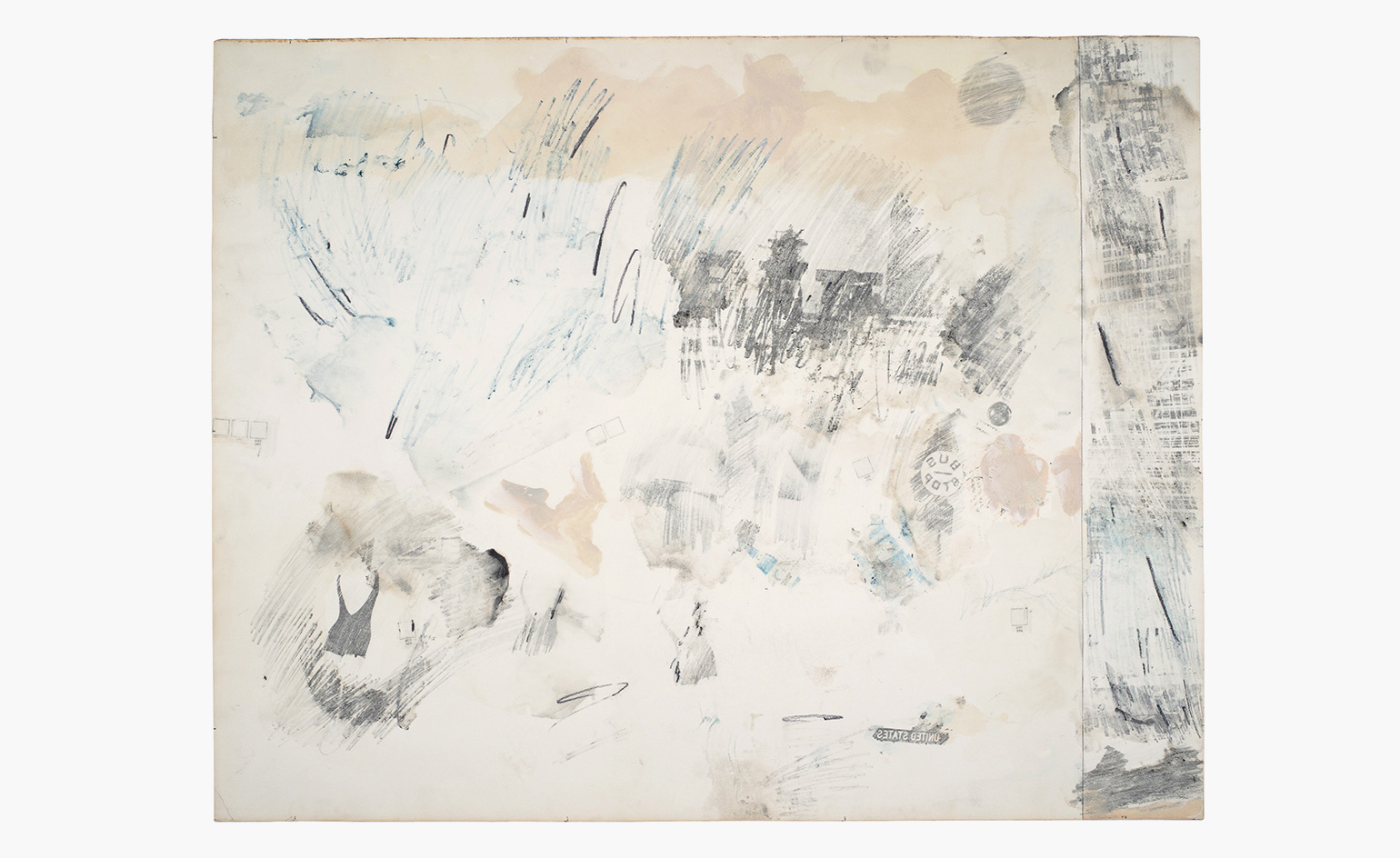
Robert Rauschenberg first began experimenting with the medium in 1952, before his seminal Combines. But it was the late 1950s and early 60s that the artist's interest in the transferal technique accelerated, resulting in many of the works collected at Offer Waterman. Pictured, January First, 1962
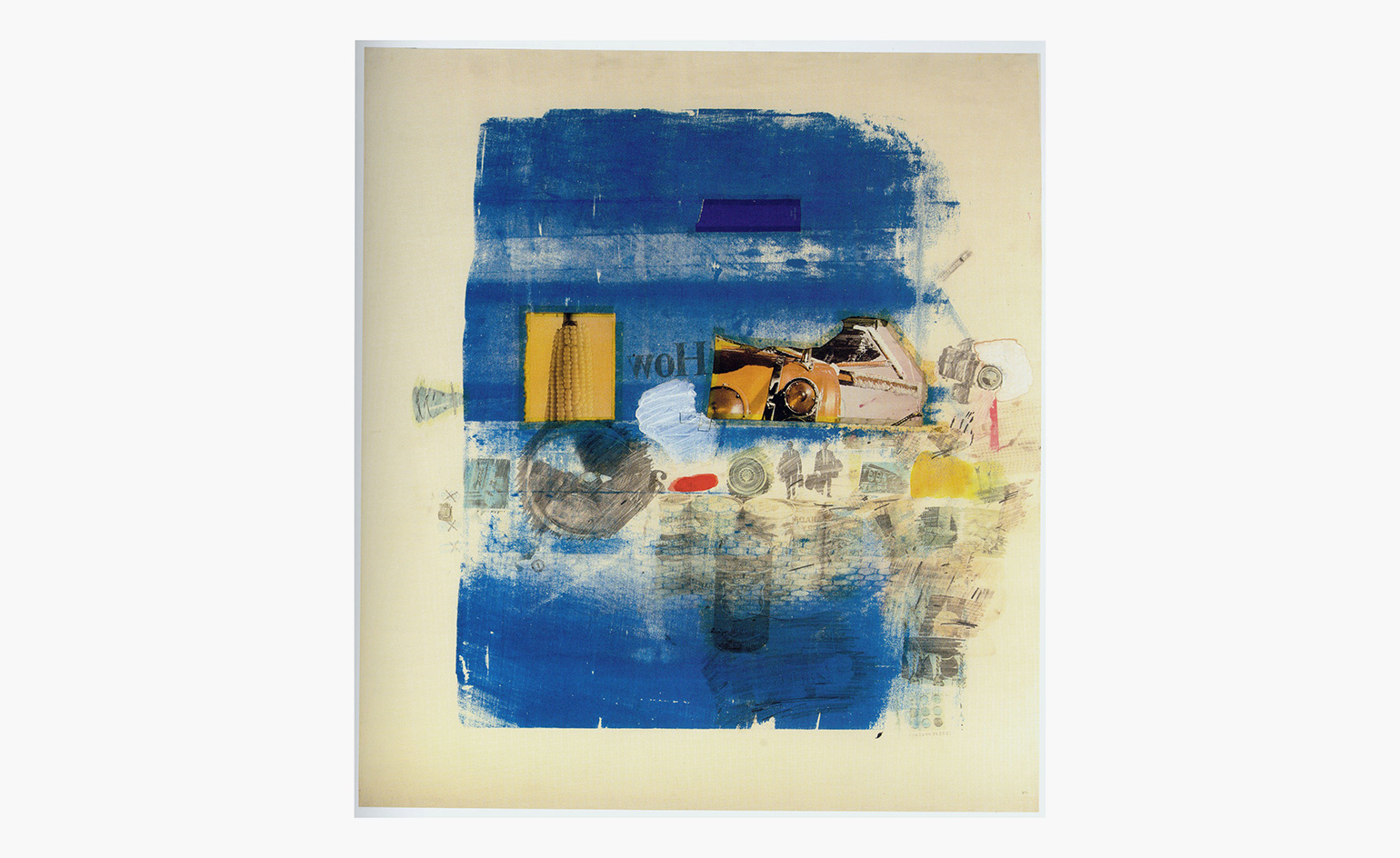
These transfers anticipate Rauschenberg's iconoclastic late 60s silk screens, which appropriate elements of contemporary media, from newspapers to sports illustrated. Pictured, Umpire, 1965
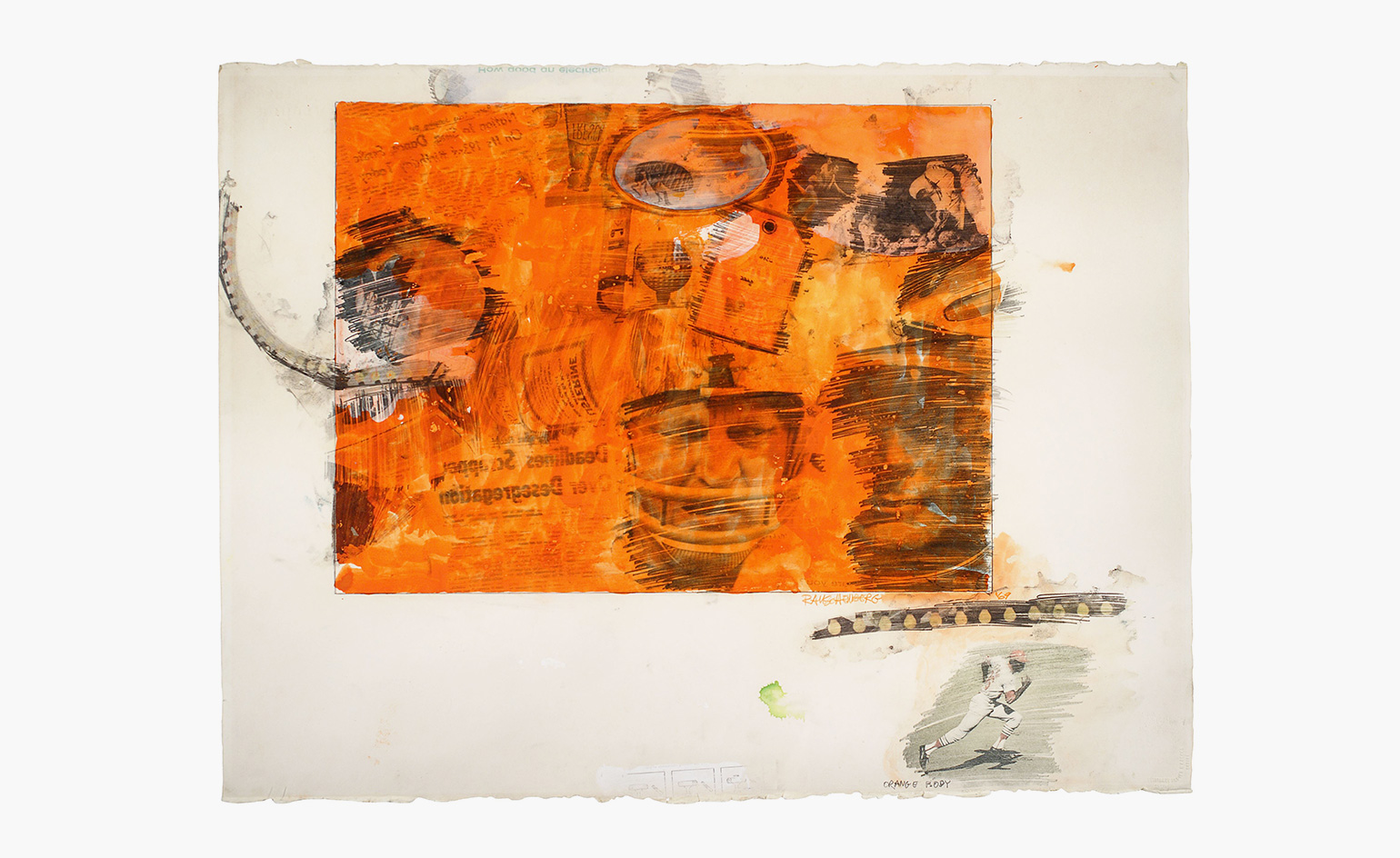
Over thirty drawings are seen at Offerman's five-storey Mayfair location. They include items from important international collections along with a few, exceptional works presented for sale. Pictured, Orange Body, 1969
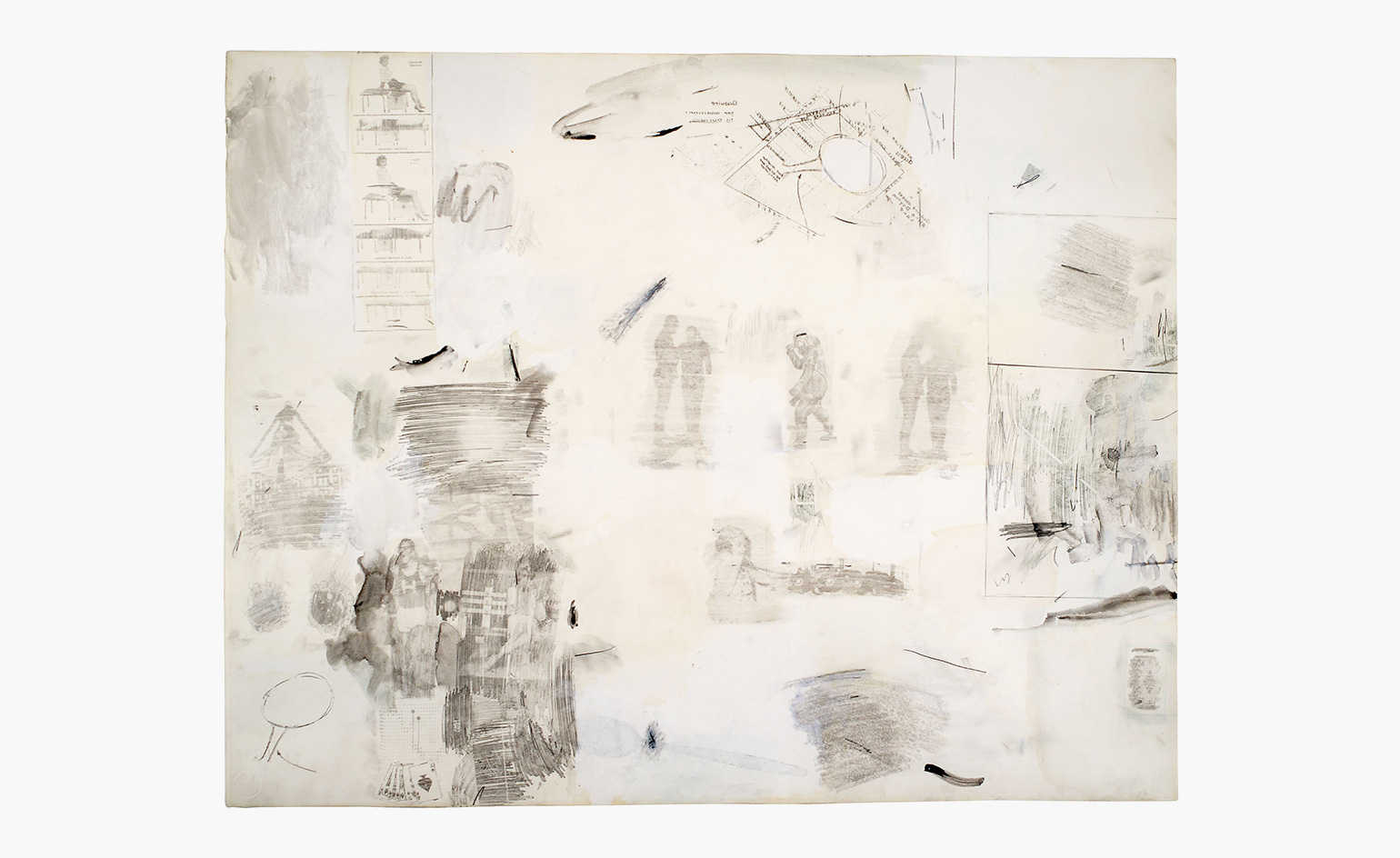
The transfers were made in signature Rauschenberg style, with everyday, 'non-art' objects and methods. As he commented at the time, 'The strongest thing about my work, if I must say this, is the fact that I chose to ennoble the ordinary.' Pictured, Complete Relaxation, 1958
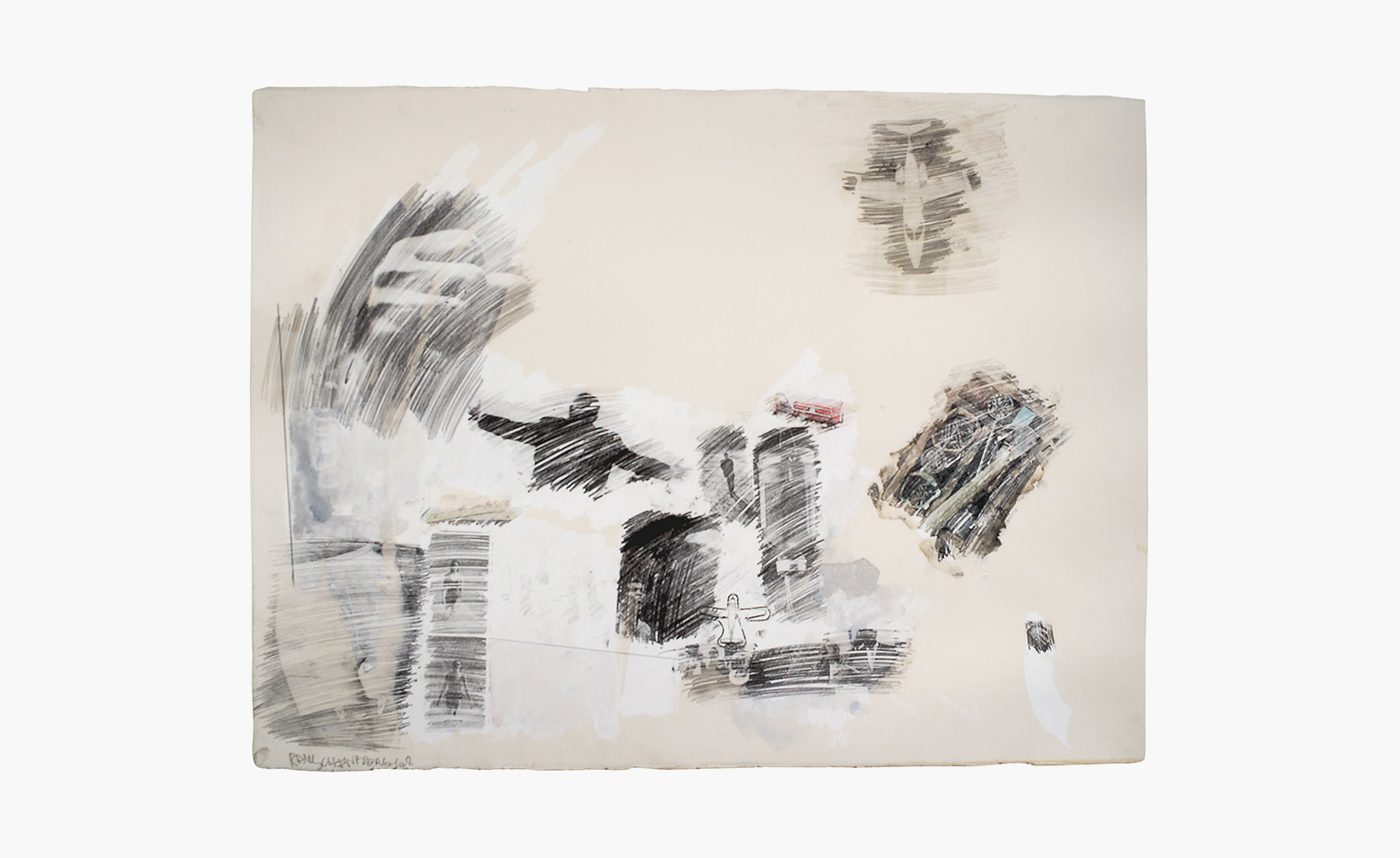
By using images repurposed from this broad selection of media outlets, Rauschenberg was wittingly capturing a texture of the times. The resulting works are at once historical documents, a slice of the zeitgeist, and a thrilling insight into the major artist's oeuvre. Intended to complement Tate Modern's thorough retrospective, this exhibition shines a fine spotlight on one of Rauschenberg's most important, yet often overlooked, moments. Pictured, Apology, 1968
Wallpaper* Newsletter
Receive our daily digest of inspiration, escapism and design stories from around the world direct to your inbox.
-
 All-In is the Paris-based label making full-force fashion for main character dressing
All-In is the Paris-based label making full-force fashion for main character dressingPart of our monthly Uprising series, Wallpaper* meets Benjamin Barron and Bror August Vestbø of All-In, the LVMH Prize-nominated label which bases its collections on a riotous cast of characters – real and imagined
By Orla Brennan
-
 Maserati joins forces with Giorgetti for a turbo-charged relationship
Maserati joins forces with Giorgetti for a turbo-charged relationshipAnnouncing their marriage during Milan Design Week, the brands unveiled a collection, a car and a long term commitment
By Hugo Macdonald
-
 Through an innovative new training program, Poltrona Frau aims to safeguard Italian craft
Through an innovative new training program, Poltrona Frau aims to safeguard Italian craftThe heritage furniture manufacturer is training a new generation of leather artisans
By Cristina Kiran Piotti